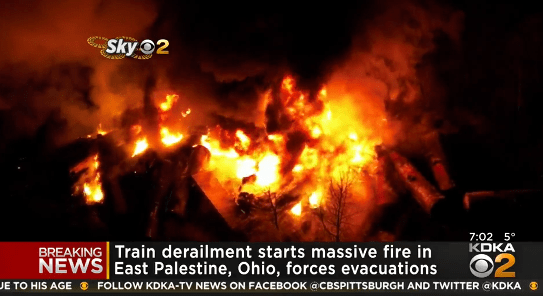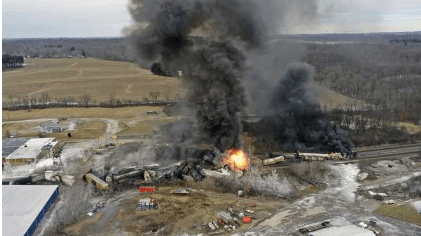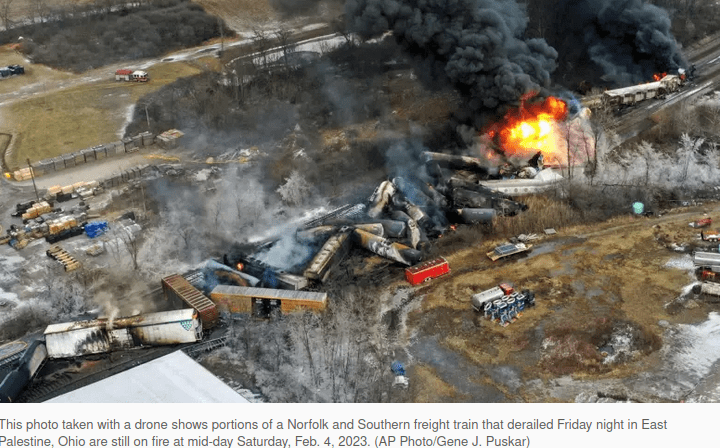Chapter 1 CWR Installation Procedures
Rail lengths welded together that exceed 400 feet are considered CWR. Rail installed as
CWR remains CWR, regardless of whether a joint or plug is installed into the rail at a later
time. Temperature variations affect rail length. Rail expands (lengthens) when heated
and contracts (shortens) when cooled.
1.1 Desired Rail Neutral Temperature
Rail neutral temperature (RNT) is the temperature at which rail is neither in tension nor
compression. Designated rail laying temperatures have been established based on
geographic and average yearly ambient temperature to provide a specific Desired Rail
Neutral Temperature (DRNT) to prevent track buckling. Rail installation temperatures
may be slightly higher or lower than the DRNT, but are to be within the designated rail
installation range. The XXX Railroad’s DRNT is XXX degrees F. The designated rail
neutral temperature safe range is from XX to XX degrees F (+/-20°F from DRNT).
1.2 Temperature Differential
The difference between the designated rail laying temperature and the actual rail
temperature taken at the time of installation is called the temperature differential. CWR rail
laying and adjusting procedures have been established in Chapters 1 and 3 of this CWR
Plan to compensate for this temperature differential.
1.3 Installing CWR
Most commonly thought of as laying rail out-of-face; however, distances as short as a few
hundred feet might be installed.
•
•
The rail should be in a non-stress free state when laid in the bed.
If fastened down at this time, the Rail Neutral Temperature (RNT) is established, and
equal to the Rail Temperature (RT).
• If the RT is lower than the desired RNT, the temperature differential is calculated and
the required expansion is determined based on the temperature differential and rail
length.
• The rail is then uniformly expanded. The actual length and expansion are then used to
determine the new RNT.



